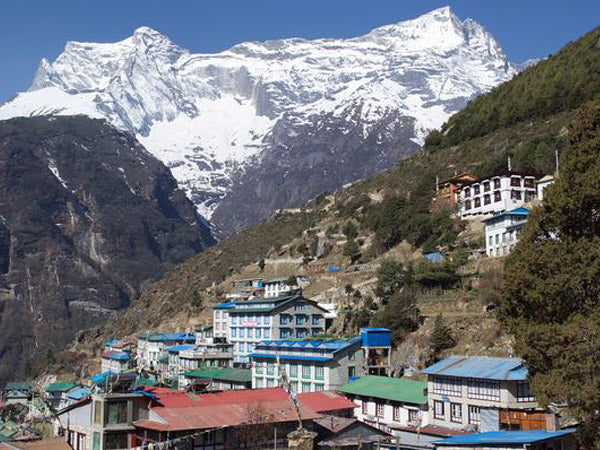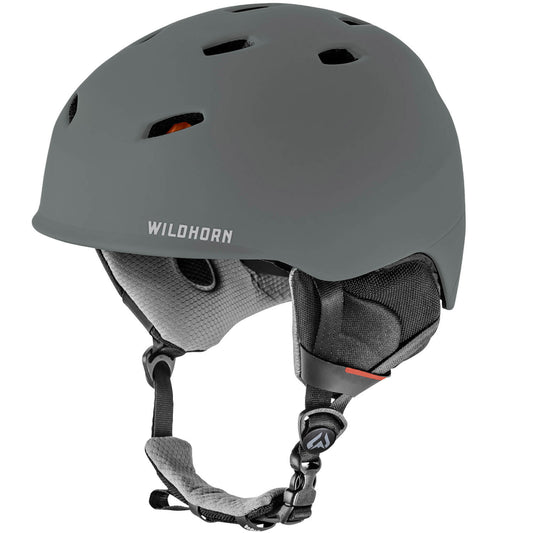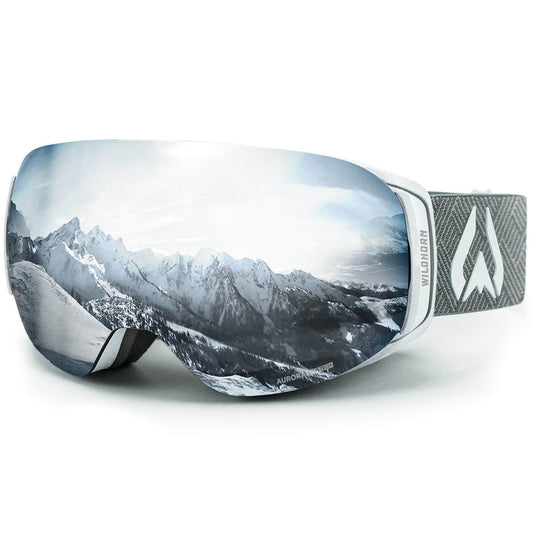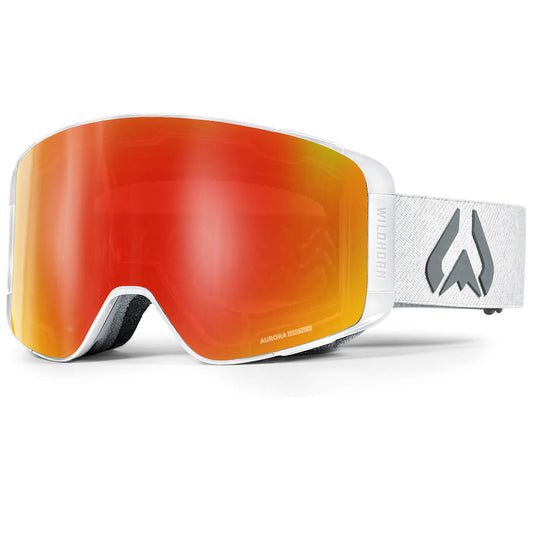Bucket List Ideas: Everest Base Camp
By: Guest ContributorAuthor and Photographer: Ryan Erickson, Instagram: @ryanericksonphotography
Mount Everest is the tallest, most revered mountain on the planet. Ever since laying eyes on this towering peak high in the Himalayas, man has tried to climb it. Everest has both a mythical and tragic history. Around 4000 people have climbed it and nearly 200 lost their lives in the process. The risks and rewards are high on Everest and so is the price tag. The cost of a summit attempt ranges from $40,000-$120,000 per climber. For those of us who can’t afford to throw down a cool $100k on a climb, making the trek to Base Camp is the next best thing.

Upon arrival, you’ll find yourself immersed in the spiritual Himalayan mountain culture. You will be face-to-face with the tallest and most intimidating mountain peak in the world. You will travel along the same famous trail as all the other climbers who are summiting Everest. The trek will be one of the greatest physical challenges of your life. In my opinion, the Everest Base Camp Trek is one of the world’s greatest adventures.
GETTING THERE
Your journey begins in Kathmandu, the sprawling and congested capital of Nepal. Most international flights from the USA or Europe will connect you somewhere in Asia first. Potential stops include Seoul (Korean Airlines), Guangzhou (China) or Dubai (Emirates).
KATHMANDU
I recommend giving yourself a day or two in Kathmandu both before and after the trek to rest, see some of Nepal’s top sights and pick up a few souvenirs. Don’t miss visiting these four amazing sights: 1) Durbar Square 2) Bhaktapur 3) Boudhanath 4) The Thamel District.
FLYING TO LUKLA
After sleeping off the jet-lag and seeing some of the sights in Kathmandu, you’ll need to catch a flight up to the Himalayan village, Lukla. This village is the jumping off point for the EBC Trail. The domestic airport in Kathmandu is chaotic. It’s recommended to book your flights in advance as the planes are small and flights are limited. Two airlines fly this route: Yeti Airlines and Tara Air. The flight to Lukla is one you’ll never forget. You’ll navigate through narrow mountain passes, experience severe turbulence and land on a very short upward sloping runway on the end of a cliff. Lukla has the title of the world’s most dangerous airport, so the adventure begins the moment you (hopefully) land.

THE TREK
The Everest Base Camp Trek (Also known as the EBC Trek) is an 80-mile roundtrip journey through some of the most amazing scenery in the Himalayas. You’ll be hiking 4-7 hours a day covering anywhere between 4-10 miles for about 2 weeks straight. One of the great things about the EBC Trek is the impressive network of mountainous rustic huts called tea houses where you’ll be staying each night. Some are nicer than others, but all cater to trekkers and offer hot meals, a warm bed and a fire where you can dry your clothes (and yes, you will get very wet). Each day you’ll leave early in the morning, hike for several hours, have lunch at a scenic spot, and hike for another few hours before arriving at your tea house for the night. You’ll relax, have dinner with the other climbers, talk about the day’s adventures on the trail, dry your clothes, prepare for the next day and try to get some sleep. You’ll repeat this routine for about two weeks. The trail isn’t technical and is gradual most of the time, but it’s long and some steep sections seem to go on forever. You’ll definitely want to be in good shape before you attempt it. The trail passes along swift glacial rivers, through thick pine forests, past waterfalls, up switchbacks and across about a dozen narrow suspension bridges. Suspended between steep gorges 1000 feet above the raging river below, these bridges are not for those with a fear of heights.

All along the trail there are multi-colored prayer flags, Buddhist stupas (shrines) and memorials to climbers that were killed on Everest. You’ll step back in time as you trek past ancient monasteries where monks sit in solemn meditation and you’ll spin the Buddhist prayer wheels for good luck as you pass through the traditional mountain villages. Trekkers share the trail with grumpy, long-haired snow yaks carrying all manner of supplies up the mountain to support the climbers above. You’ll also share the trail with the friendly, superhuman Sherpas who also carry gear and cargo up the mountain. I saw one Sherpa who had an actual door strapped to his back and a propane tank strapped to his chest; still a smile on his face.

On the EBC Trek you’ll meet climbers from all over the world. Some are traveling with you as far as base camp and others are making their Everest summit attempt. Each has a great story to share. After 7 full days of hiking, you eventually drop down into the glacier ice caps and reach base camp. The massive tent city is surrounded by an amphitheater of jagged peaks on the edge of the dangerous Khumbu Icefall. The feeling I had after completing that journey was like no other I had experienced. The physical toll it takes on you to reach Base Camp only makes it that much sweeter. The EBC Trail is the perfect mix of exotic culture, amazing scenery and a gratifying physical challenge.

BEST TIME TO GO / WEATHER
April and May are the traditional climbing months on Everest. You’ll want to be prepared for any weather mother nature can throw at you. You’ll often start the day trekking in a jacket and by lunch you’ll have stripped down to just shorts and a t-shirt. During our time there, we had hot temperatures, high wind, rain, hail, sleet and even woke up to a foot of snow one morning.
PRICE
A guided trek ranges between $1000 - $2000. This includes permits, guides, Sherpas, travel to and from Lukla, all your meals and accommodations.







